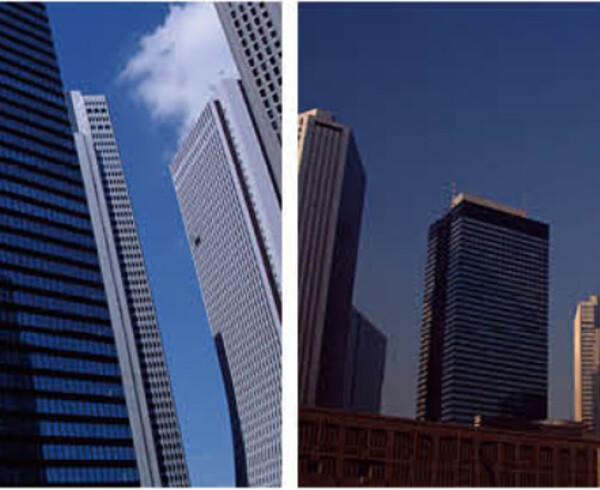The treatmentprocess of tempered and heststrengthened glass is as whenheating glass close to molten point, to carry out even and rapidcoolingtreatment on the surface of glass, thisenhancing the strength and thermal stability. The surface stress of tempered glass isabove 90 Mpa, and that of heststrengthened glass isbetween 24 and 69 Mpa.
Features of temperedglass:
High intensity: The anti-bendingstrength of tempered glass is 3-4 fold of thatcomoon glass, anti-shockstrength 6-7 foldthat of common glass.
Heatstability:Withhighheatstability, thiskind of glass can endure 300oC of temperaturedifference, whichis 3 fold of thatcommon glass.
Security:The stress layer bringsithigh anti-shock performance, whichmakesit not easy to bebroken, and the obtuse angle granule afterbeingbrokenwill have no impact on people’shealth.

Temperedglass’s self-explosion:
Immanent cause lies in the interfusion of nickel purite in glass manufacturingprocess, a tiny proportion of nickel purite in about 7 tons of glass. Nickel purite has twocrystal formations, the small α crystal phase in hightemperature (T > 380oC) and β crystal phase in lowtemperature. In the stage of heating, the heatingis slow, so transformation from α crystal phase toβ crystal phase is more complete; while in the stage of cooling, thereis no enough time for α crystal phase to transform to β crystal phase because of rapidcoolingsothat in room temperature, α crystal phase reverts to β crystal phasegradually, the volume willswell by about 4%, which leads to the explosion of tempered glass. The diameter of explosion-causing nickel puriteis about 0.04 – 0.65mm, averageparticlediameteris 0.2mm, nickel puriteis in tensile stress area, most of which center on hightensile stress area in the core of glass plate. Besides, defects in the original piece of glass, imporeperpretreatment and excessive concentration of the stress caused by unevencoolingare all the causes of self-explosion. The way to avoid explosion : HeatSoak Test (hot-dipping test or igniting test).






